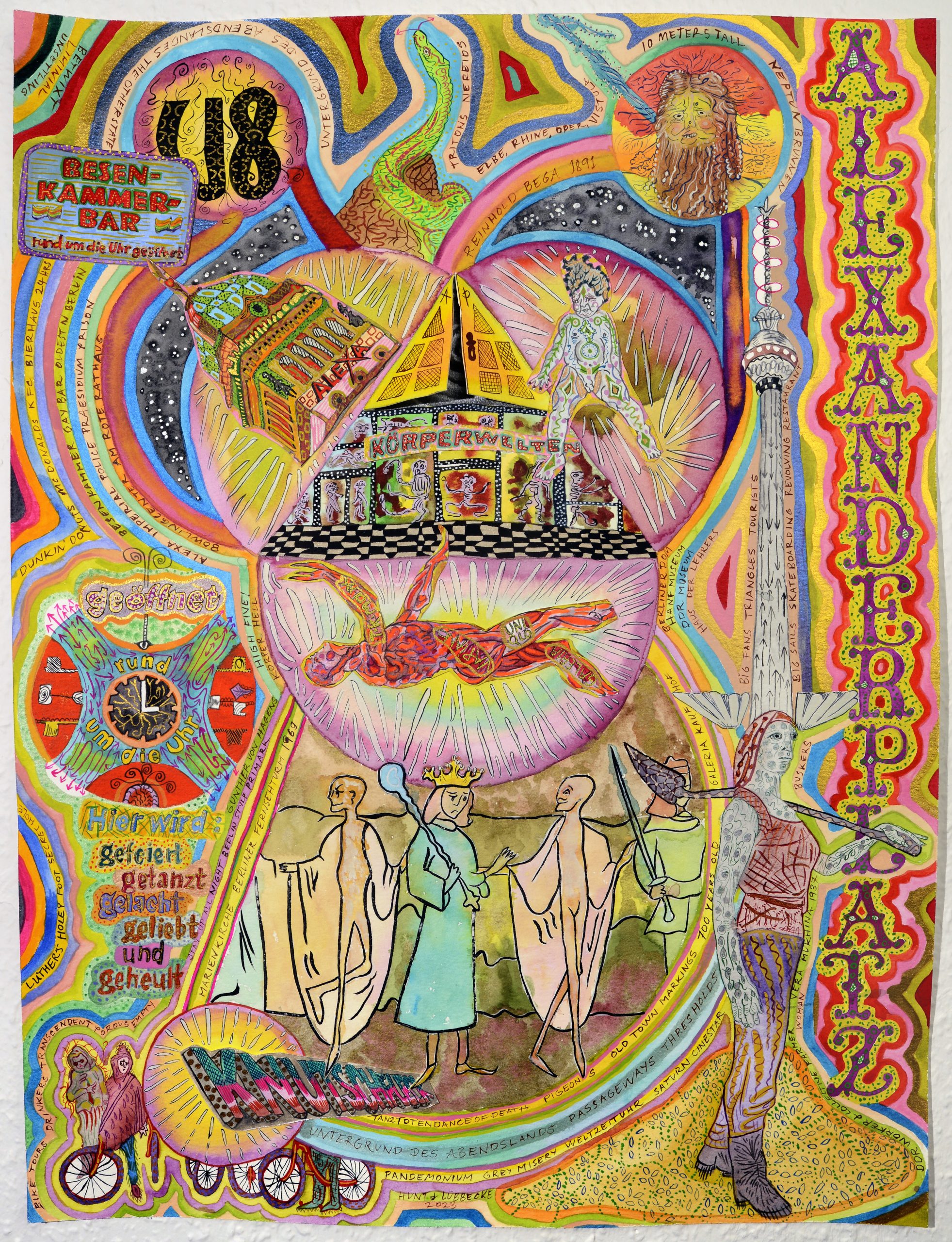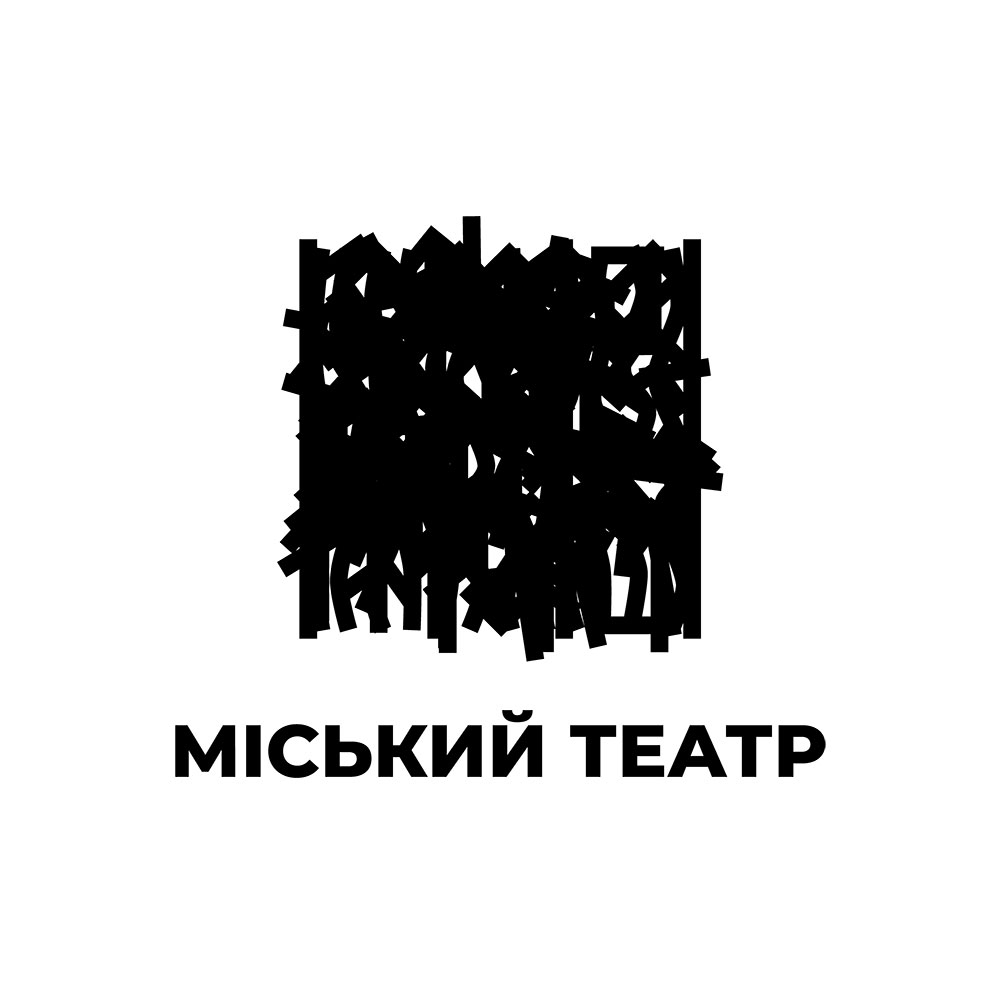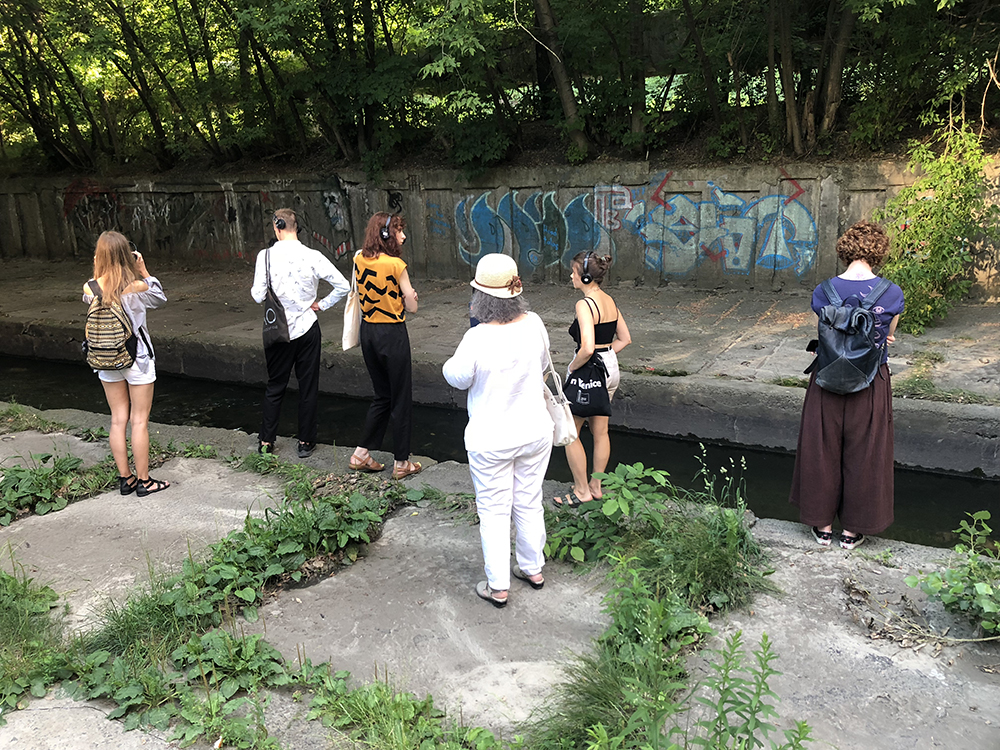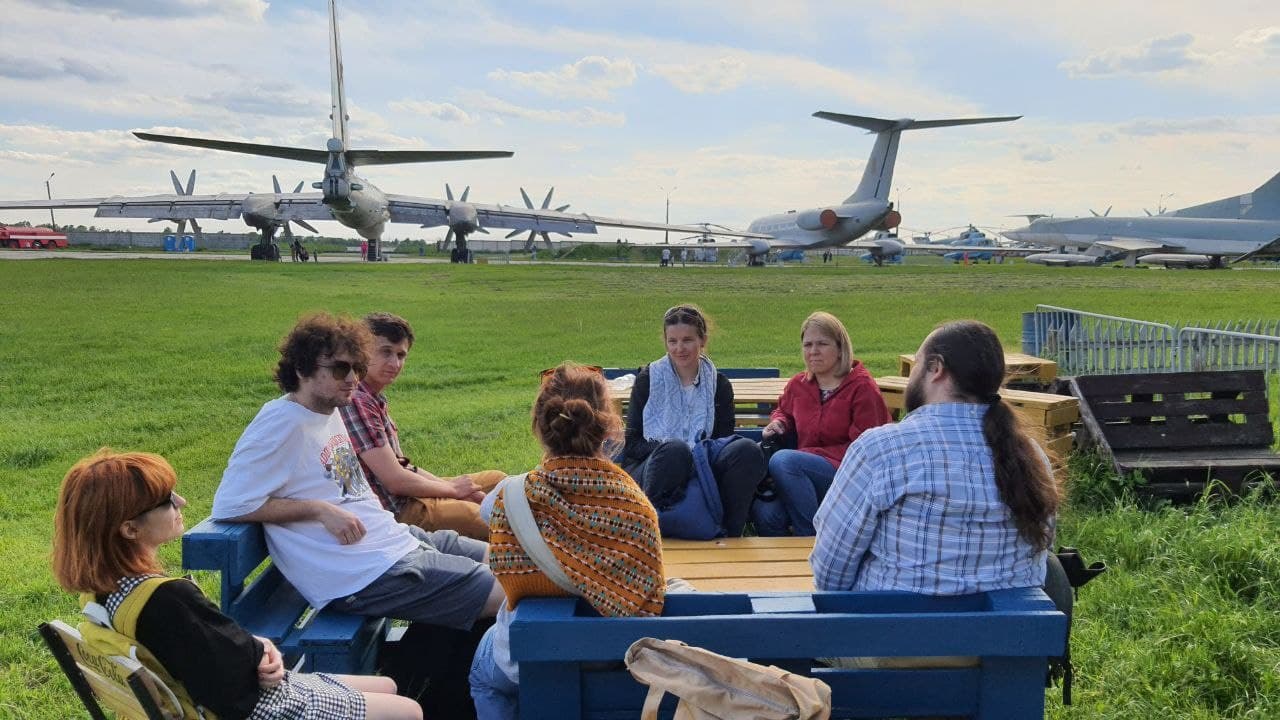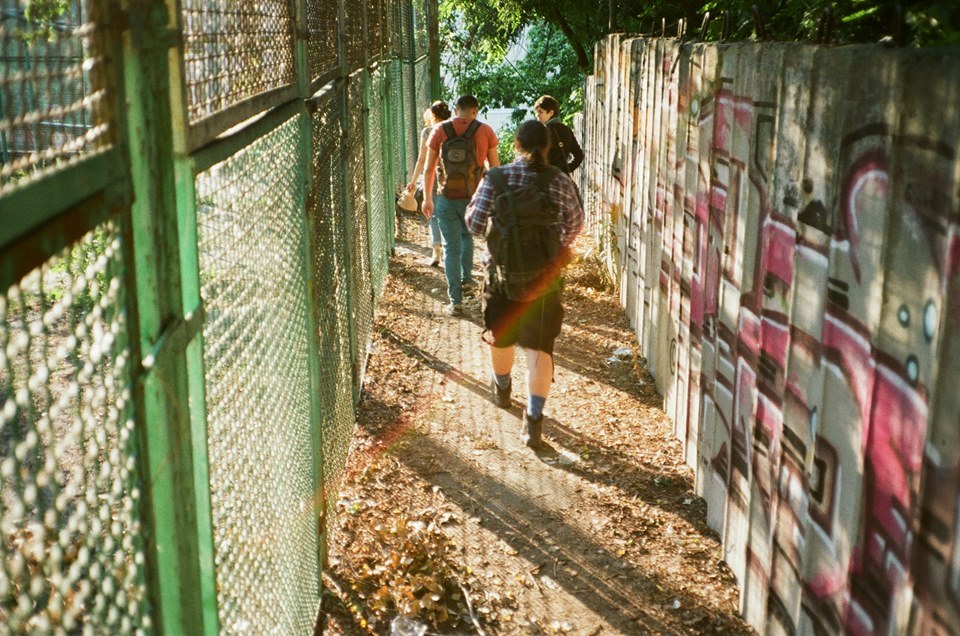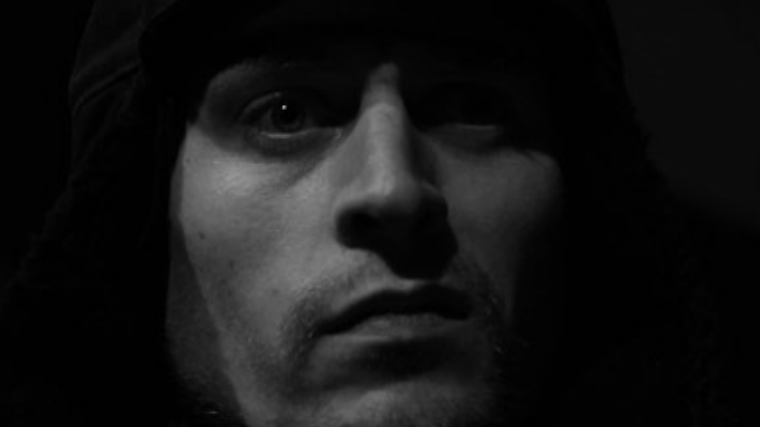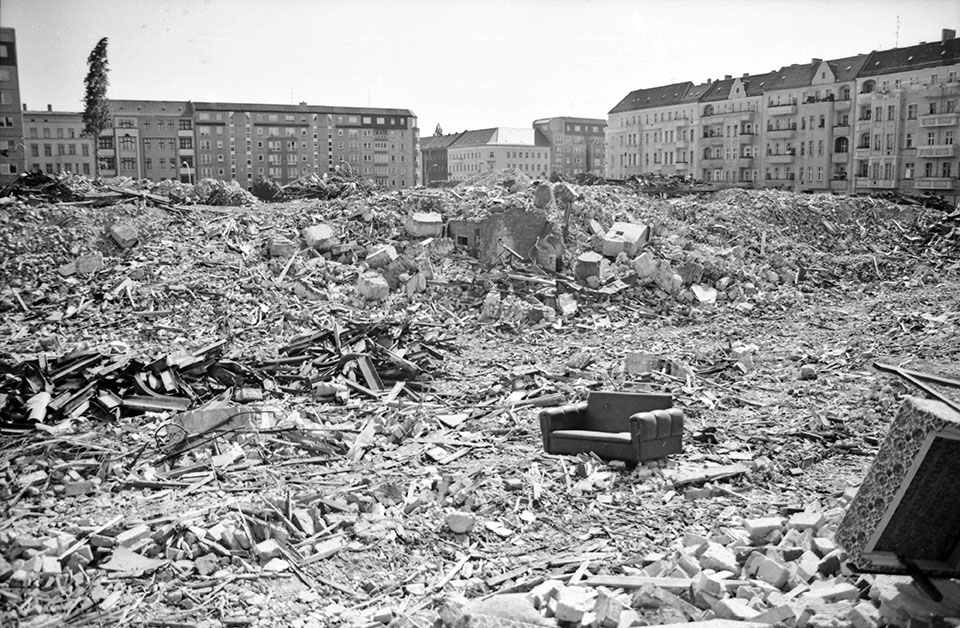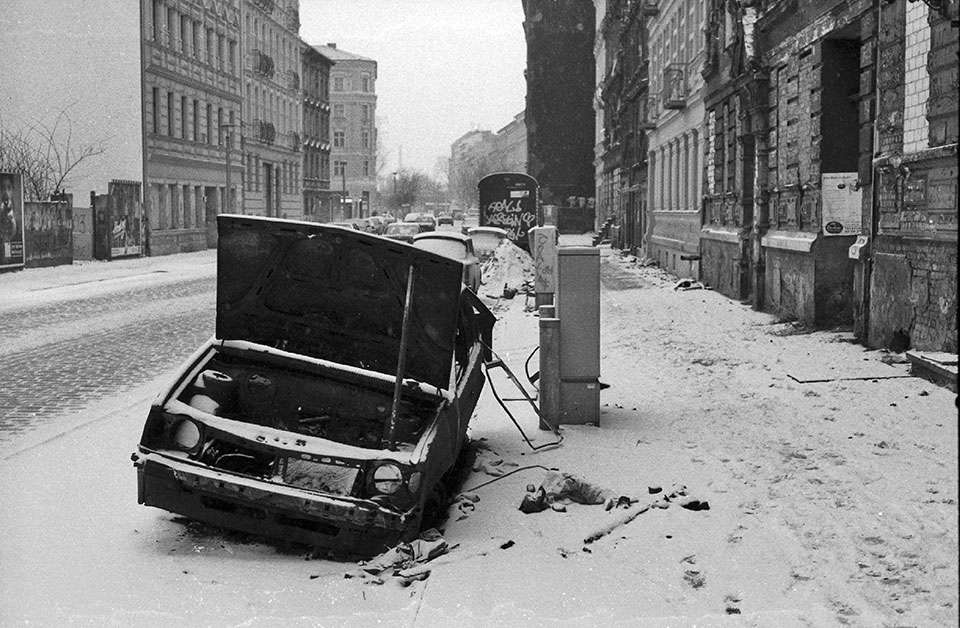Program: Day 3
Tentative d'épuisement d'un lieu berlinois. Psychogeographic experiment by George Perec
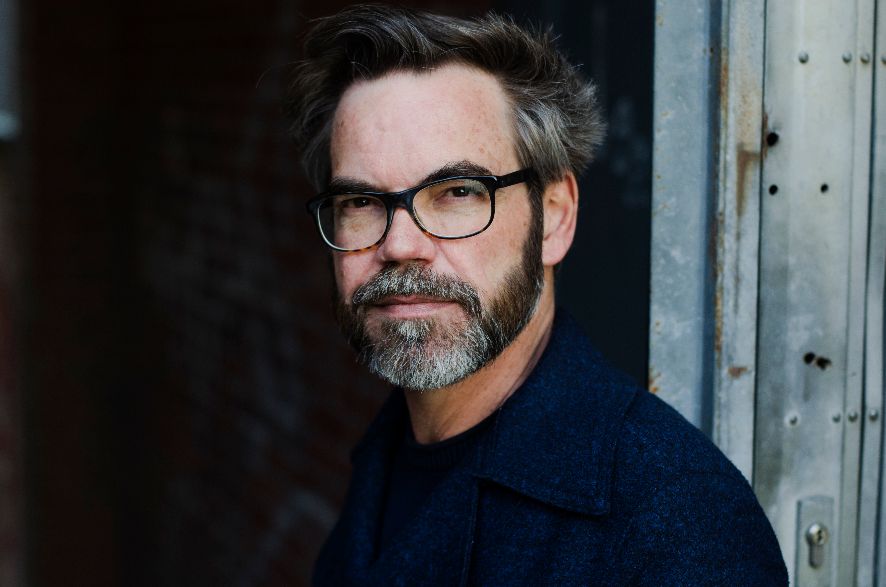
May 6 | 11:00 | Walk | Outside program / meeting point: Rosenthaler Platz (Advertising column in front of the Apotheke)
Let us know here if you want to attend this walk. David Wagner undertakes the attempt to exhaust Rosenthaler Platz, in a collective standing around, drifting, and yes, in an occupation of the square, which, as anyone who has ever been there knows, does not actually exist. At the specified place there is only a life-threatening intersection. The title is, of course, a quote from George Perec, who was not a situationist, but a great psychogeographer.
Map Me Happy Walk (Sensorial glimpse of Ukrainian cities in Berlin)
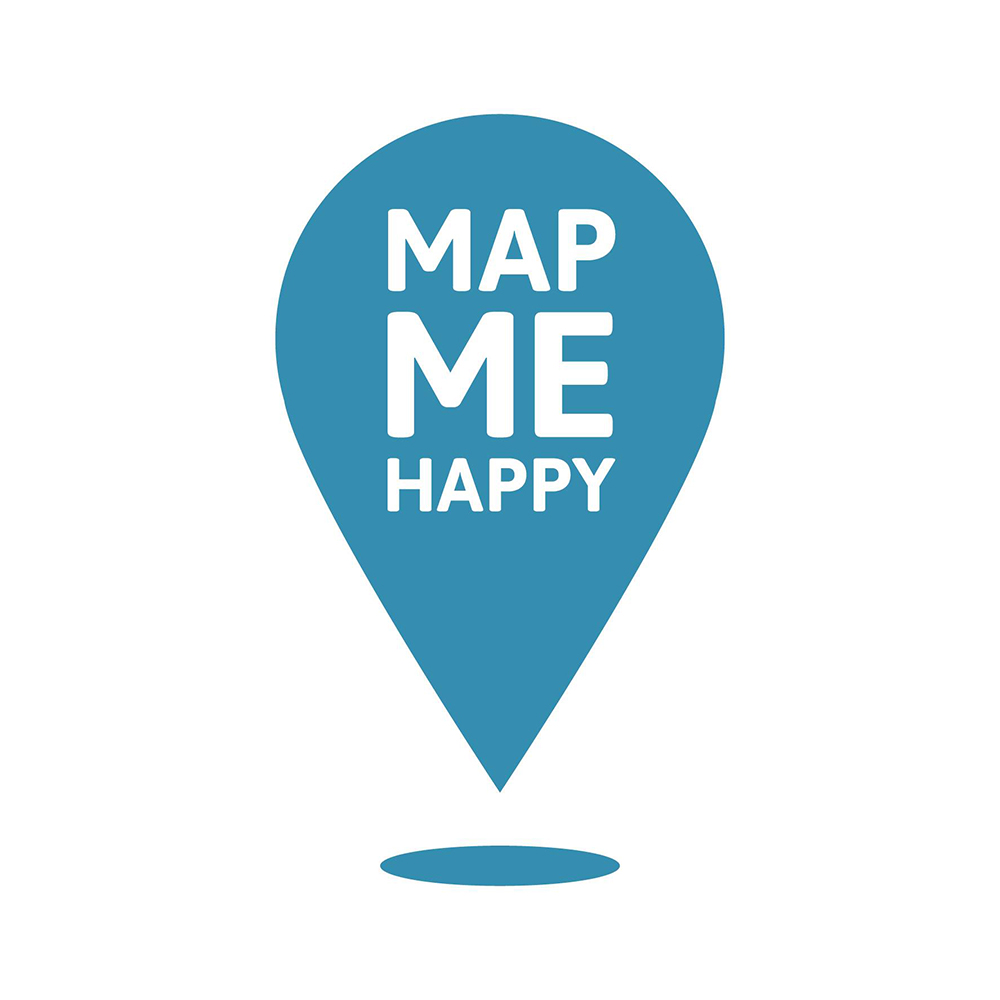
May 6 | 13:00 | Walk | Outside program / meeting point: Kunstquartier Bethanien (entrance)
Let us know here if you want to attend this walk. We use our senses to discover familiar glimpses of Ukrainian cities in Berlin. We will smell, touch, and hear the unknown city, believing it becomes more friendly or understandable at the end of the walk. Perhaps, together we will discover some common fragments for both cities or just experience Berlin differently. We strongly believe that senses and people can overcome distances and help to feel safe in space. Map Me Happy — a user-generated platform for collecting and sharing sensorial experiences in a built environment.
Vanishing Kreuzberg & Lost Places. Photowalk
May 6 | 14:00 | Walk | Outside program / meeting point: Motitzplatz Gardens (blue-white tent in the middle of the garden)
Let us know here if you want to attend this walk.
In search of the soul of Berlin, the photographer has been documenting changes within the urban environment for more than a decade. In Berlin, as in many cities, the consequences of gentrification are becoming increasingly visible: small family-run stores are disappearing, sub- and “Kiez”- culture is losing its open spaces, faceless large-scale construction projects are springing up on former wastelands. Alexander Steffen captures places & signs that we will remember wistfully, though we did not think we would ever miss them. Focusing mainly on brownfields, storefronts, brick walls and graffiti, the photographer is a witness to the transition of his own city, which he strolls like a drifter without a specific destination. The marked locations in the accompanying map (work in progress) for the photowalk “Vanishing Kreuzberg” are intended to offer participants inspiration for their individual “Dérive.” The integrated photographs document the transformation of the city using the example of one of its most popular districts. For details on the photo walk please visit the link.
German/English
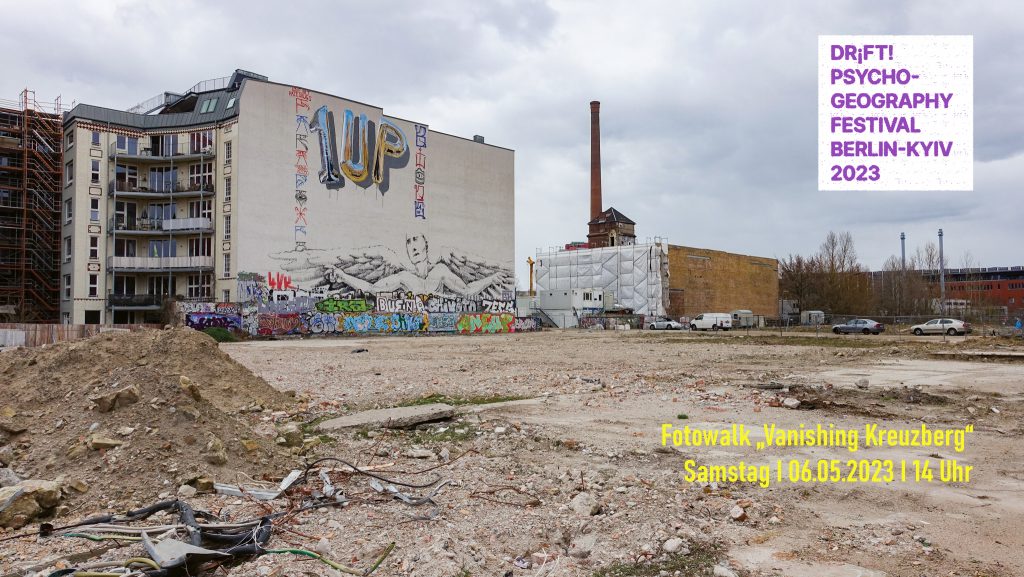
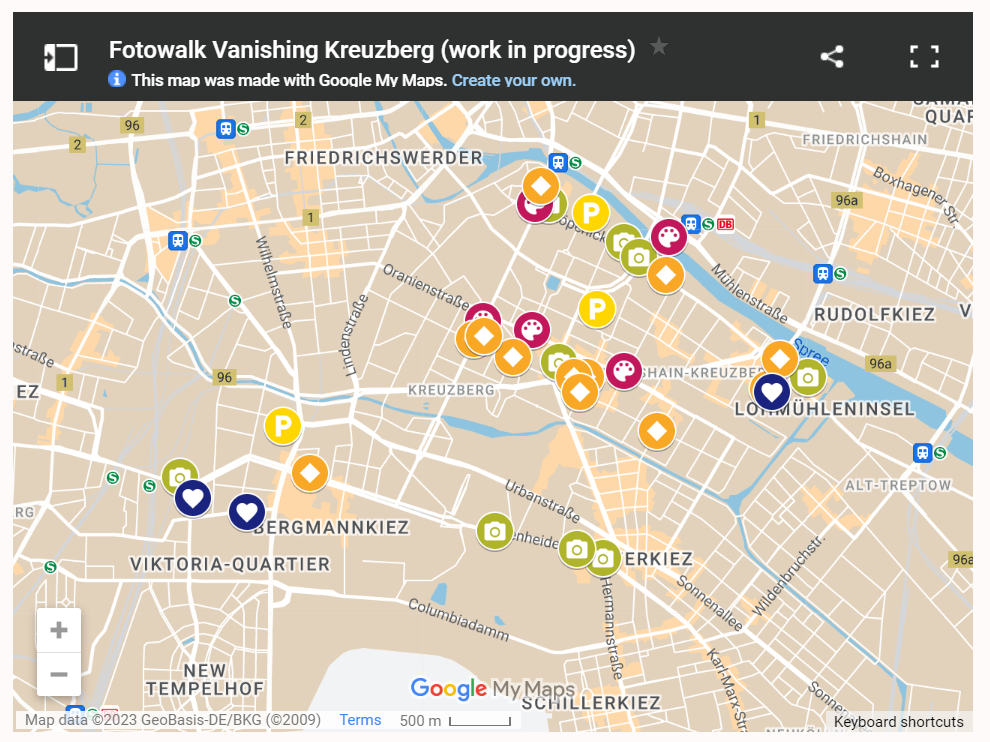
Palimpsests – Alexanderplatz
May 6 | 15:00 | Walk | Outside program / meeting point: Alexanderplatz (outside the Bowling Center at the Roten Rathaus)
Let us know here if you want to attend this walk. Since ancient times Palimpsests describes a rewritten paper, a process to recycle a carrier of multiple texts. With this in mind the project, Palimpsests deals with the surroundings of Alexanderplatz. Consisting out of a map and a walk it uses the method of psychogeography to enfold and access the specific moment of long-lasting standstill and the current prospect of change. It will tackle site-specific questions by examining a feeling many people share when entering Alexanderplatz: Discomfort. Looking for the initial triggers of this affective reaction besides tourism and consumerism which encourages one or the other “to be on the run,” Palimpsests also searches for places of refuge to rest.
How is it going?
May 6 | 16:00 | Walk | Outside program / meeting point: Kunstquartier Bethanien (entrance)
Let us know here if you want to attend this walk. During the walk, we will immerse ourselves in the history of Berlin’s former canal and explore how people used to move around the city. We’ll also learn about the city’s past reservoirs and walls, visit several gardens, and cross multiple borders while experiencing an immersive ambient composed specially for this walk. The duration of the walk is 1 hour. To make the most of the experience, please ensure that you have a fully charged smartphone, mobile internet, and headphones with you.
Tracing Benjamin's One-Way Street
May 6 | 18:00 | Walk | Outside program / meeting point: Kunstquartier Bethanien (entrance)
Let us know here if you want to attend this walk. Anyone interested is welcome to join a psychogeographical walk dedicated to One-way Street, an experimental text by philosopher Walter Benjamin. There, he portrays an imaginary street filled with signs, objects, situations, mindsets, and landscapes. Sixty autonomous short prose pieces named after urban phenomena — from Filling Station to Planetarium — and elaborating on topics from love to revolution, are scattered around any metropolis, illuminated with the miscellany of Benjamin’s ideas. Together, split into groups, we will collect their traces in the streets of Berlin. Each group is to pick up a piece, find a place that echoes it, and revoke Benjamin’s images with discussions.
A warning against the psychogeographic desert of the present
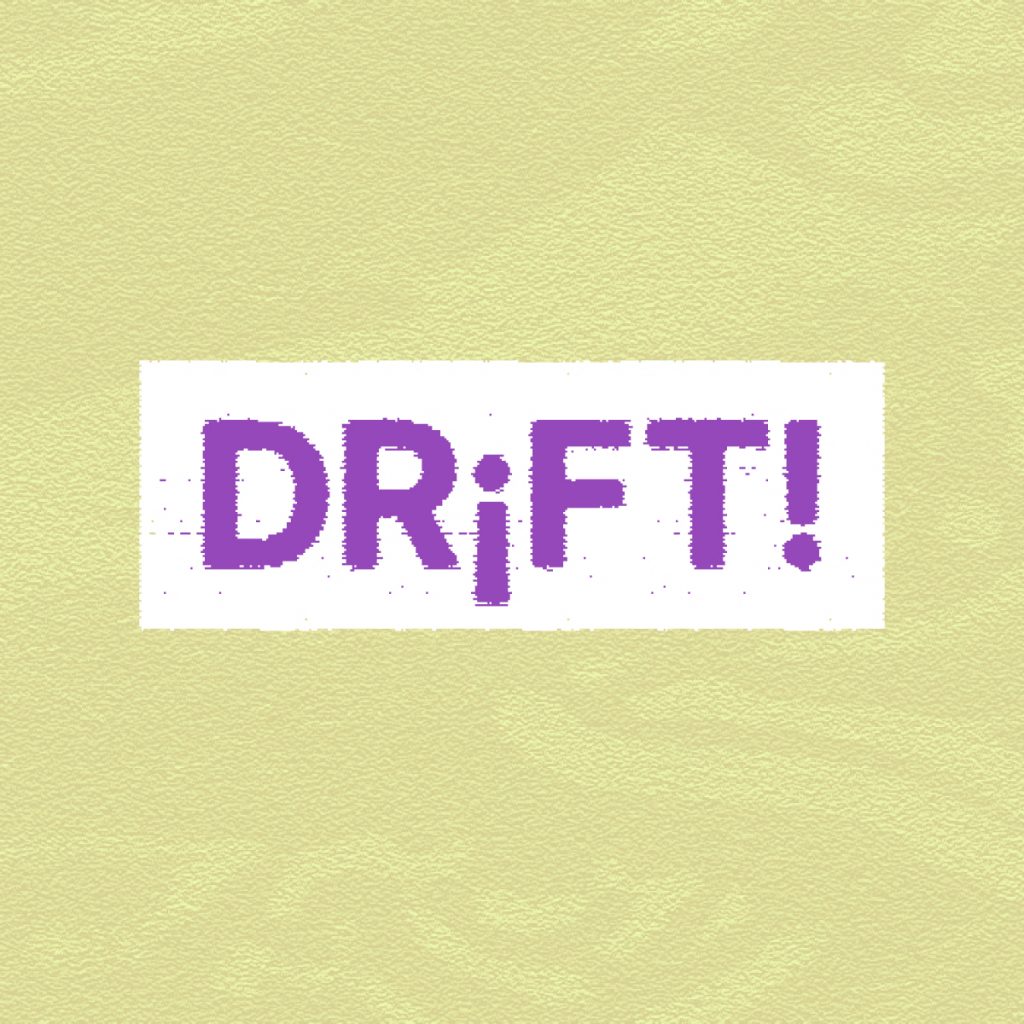
May 6 | 14:00-15:00 | Lecture | Studio 1 / Kunstquartier Bethanien
Do European metropolises still allow situationist forms of action and play, such as the Dérive? Understanding Situationist practice as a historical possibility does not mean mystifying it, as some directly involved individuals surprisingly did. However, our information about Situationist practice, performed derives, and constructed situations is quite sparse. This is not solely due to the situationist strategy, which aimed to establish itself as the unassailable avant-garde within the artistic initiatives of their time, but also because it does not provide concrete clues as to where the situationists actually acted and what results they achieved through their practice.
Alone, Together: Following the path of others through landscape and words
May 6 | 15:00-16:30 | Panel | Studio 1 / Kunstquartier Bethanien
The meeting point for writer Paul Scraton and translator Jurgen Ghebrezgiabiher are the Harz mountains, the place where their walking and writing projects converge — Paul following Heinrich Heine, Jurgen following Horatio Clare and J.S.Bach. After introducing their projects, they will explore the why and how of what they do. How do we connect to a narrative in place that has been explored and told by another? Do we as readers, writers and translators become some kind of perceptive doppelgänger? What does it mean to re-walk, re-experience and re-write the stories of place? How do we connect across the distance of time? And might soundscape, as Horatio Clare suggests, offer a link across the centuries?
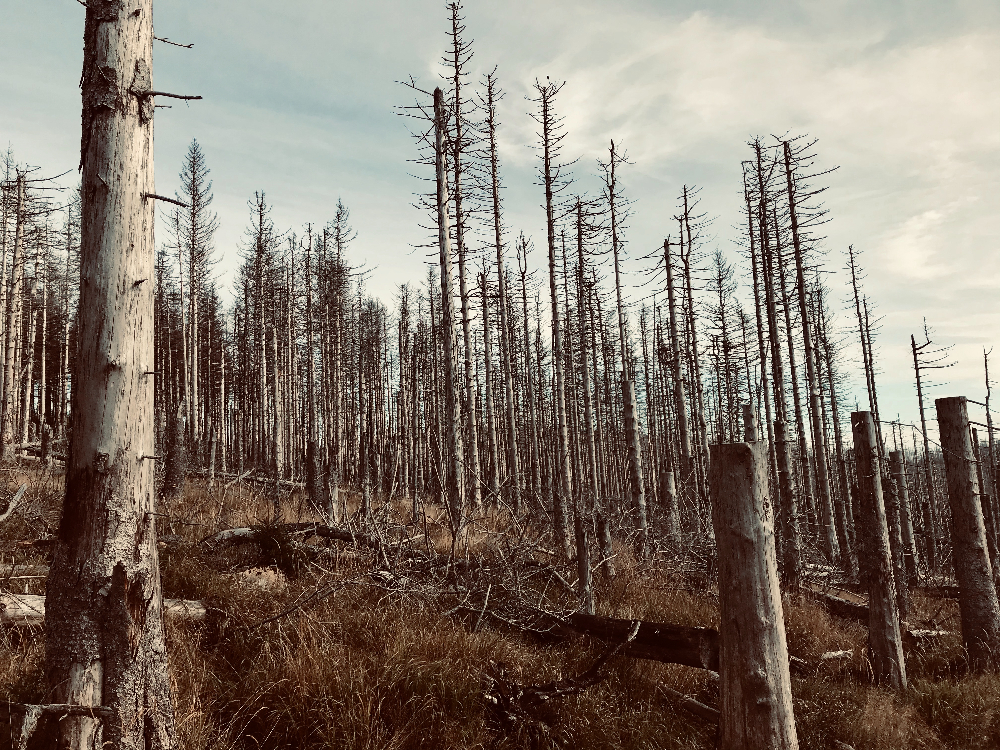
Psychogeography and Club Culture: Berghain and K41 from an Architectural Perspective
May 6 | 18:00-19:00 | Lecture | Studio 1 / Kunstquartier Bethanien
Thomas Karsten, an architect, elaborates on his participation in the creation of clubs Berghain (Berlin) and K41 (Kyiv), factors influencing their structural implementation, the subordinate role of the design aspect, the different backgrounds, history and social/cultural aspects of both cases.
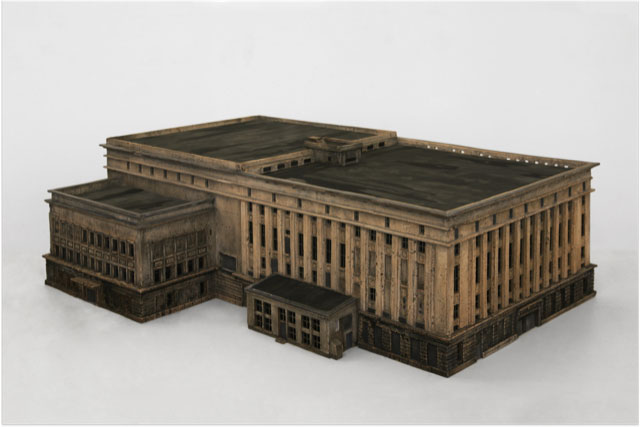
The godfather of psychogeographic writing: Iain Sinclair in Berlin
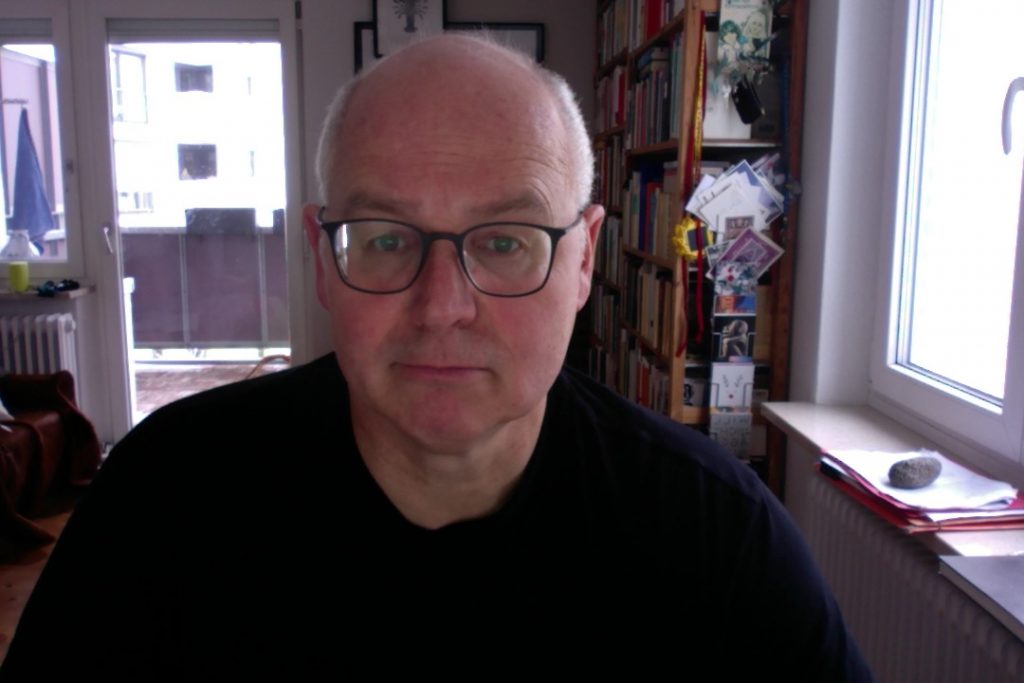
May 6 | 14:00-15:00 | Lecture | Projectraum / Kunstquartier Bethanien
With his literary wanderings through and around London, Iain Sinclair became one of the most important representatives of “psychogeographical writing.” Although Sinclair has associated himself with psychogeography, he now tends to use terms such as “drift/drifting,” “ramblings” or the psychoanalytically grounded “fugue” for his practice of walking and writing. His two visits to Berlin are also reflected in texts in which, among other things, “Speer became an anagram of the Spree.” The lecture will pursue these texts and shed light on how much Sinclair’s walking and writing are congruent, independent of a specific location.
Content. Ambient Road Movie
May 6 | 15:00-15:30 | Film presentation | Projectraum / Kunstquartier Bethanien
Content is an ambient road movie and a loose sequel to previous films Radio On (1979), Radio On Remix (1999) and London Orbital (2000, with Iain Sinclair). Vimeo→
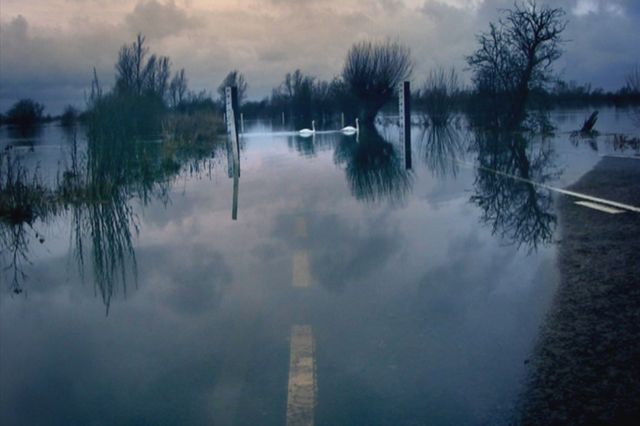
Film program curated by Claudia Basrawi
May 6 | 15:30-16:30 | Film presentation. Screenings | Projectraum / Kunstquartier Bethanien
Das Schlesische Tor
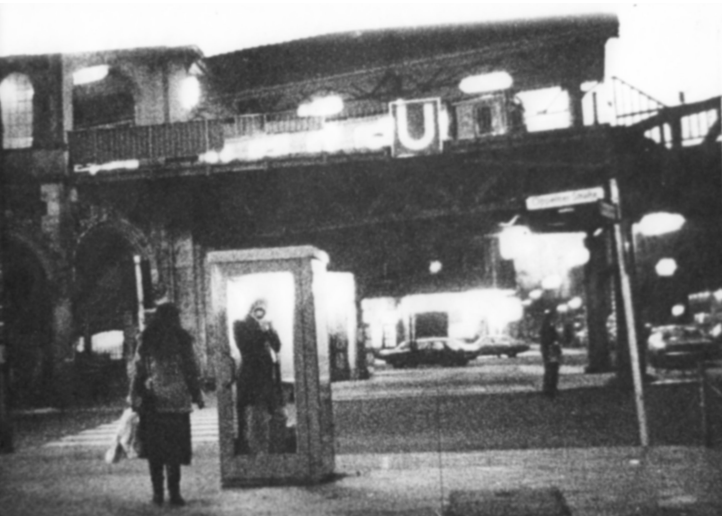
Das Schlesische Tor, 1982, 24 minutes
Director: Clemens Klopfenstein
Country: Switzerland
Language: German
Synopsis: “Images and sounds from Berlin, Tokyo and Hong Kong, mixed and dazzled by each other and supported by westernized Chinese music, give rise to a feeling of homesickness and wanderlust. Of longing, of somewhere and nowhere … the feeling of the “terribles 5- heures du soir”, where you have to reach for a bottle, the phone or old letters until the calming night falls. In addition, this small film is intended to make the viewer feel the roundness of the earth, the morning in Tokyo is the evening at Schlesisches Tor : the course of the shadow around the earth.” (Clement Klopfenstein)
Clemens Klopfenstein, the “veteran of Swiss film” was already there in Solothurn, he shot with everything he could get his hands on and set his eyes on: first 8mm, then Super8, later 16mm, Super16, 35mm. He has been living in Umbria for forty years as a painter, draftsman, producing with family Franciscan budgets. “The desire for adventure and the exploration of the foreign/exotic, but also the ironic, self-critical observation of the close, familiar and known are Klopfenstein’s basic motives. And there is always a level of irony, of ambiguity, of playing with nuances.” (Ulrich Gregor)
Et In Arcadia Ego
Et In Arcadia Ego, 2001, 3 minutes
Director: Kerstin Cmelka
Country: Germany/Austria
Language: without/silent
Synopsis: A sleeping woman sits between three trees in a meadow, a straw hat in her lap. A doppelganger roams next to her. Et In Arcadia Ego is the title of this film by Kerstin Cmelka, which refers to a pictorial tradition based on just that formula. It evokes “the backward-looking vision of unsurpassable happiness” as art historians Erwin Panofsky put it (Claudia Slanar).
Kerstin Cmelka was born in 1974 in Mödling, Austria. In 1999-2005 she studied at the HfBK – Städelschule, Frankfurt/Main with Peter Kubelka, Monika Schwitte, Thomas Bayrle and Simon Starling. Exhibition activities and performances, participation in film festivals and shows since 1999. She lives and works as a visual artist, filmmaker and performer mainly in Berlin. Since 2005 she has also been involved in various teaching activities.
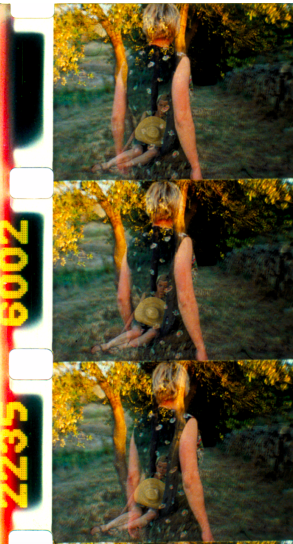
Der Adler ist fort
Der Adler ist fort, 2010, 21 minutes
Director: Mario Mentrup
Text: Bert Papenfuss
Country: Germany
Synopsis: A bitterly cold night in February 2009 at Berlin-Alexanderplatz. Three people are each probed, fixed, lost and picked up again by the camera. Gazes run into space, seem to meet. TARWATER’s songs orchestrate the shadowy world of night and its sources of light, phantoms, insomnia and somnabula. From time to time the figures of kids scurry through the picture, hanging out and drinking in this inhospitable place despite the ban. A film melange of contemporary document, expressionism and an agitprop that becomes poetic. A film by Mario Mentrup & Volker Sattel with Sofia Larsson-Ocklind aka Soffy O, Bennet Togler, Christoph Bach
Mario Mentrup was born 1965 in Emden. Lives in Berlin as an actor, musician and filmmaker. Since 2017 kettlebell steel mace and body trainer, performance trainer, personal trainer. Work as an actor with Keren Cytter, Clemens von Wedemeyer, Judith Hopf, Deborah Schamoni, Bruce La Bruce, Kerstin Cmelka, among others. Mario Mentrup was a singer, composer and guitarist with KNOCHEN GIRL from 1987 – 1995 and founded the music project PASADENA PROJEKT in 2004.
Beirut meeting the Saints

Beirut meeting the Saints (excerpts), 2020/22, 13 minutes
Country: Germany
Synopsis: After a long absence, Claudia Basrawi returns to the city of Beirut and experiences it from a strange/familiar perspective. Strolling through the familiar or unfamiliar urban environment, off the beaten track, opens up new perspectives and a different kind of perception. With numerous drawings that have been created in recent years, with audio tracks and photos from and about Beirut, places and topics are viewed and documented from a subjective point of view. The audience is taken on a journey through the city through the texts, soundtracks and various visual materials; Architecture and people merge and become models of the city.
Homo Sapiens Project
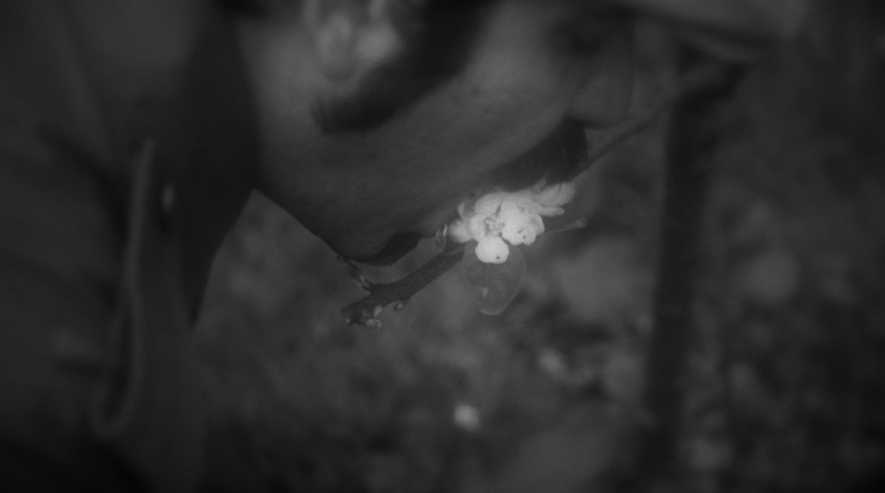
Homo Sapiens Project (93), 2012, 12 minutes
Director: Rouzbeh Rashidi
Countries: Iran and Ireland
Language: without/silent
In 2011 Rouzbeh Rashidi initiated the Homo Sapiens Project (HSP), an ongoing series of personal experimental video works. Since its inception HSP has undergone an organic metamorphosis, drastically mutating from cryptic film diaries and oneiric sketches to fully-polished feature films. As a result, the project has created many different experiences for Rashidi as a filmmaker; yet while HSP is steadily evolving, one thing remains constant: the view to create impressionistic portraits of people and places, suffusing them with an eerie sense of mystery that is perhaps reminiscent of horror and sci-fi cinema.
Rouzbeh Rashidi (born in Tehran, 1980) is an Iranian-Irish filmmaker. He has been making films since 2000, at which time he founded the Experimental Film Society in Tehran. Rashidi has always worked entirely away from mainstream conceptions of filmmaking, striving to escape conventional storytelling stereotypes. Instead, he roots his cinematic style in a poetic interaction of image and sound. He generally eschews scriptwriting, seeing the process of making moving images as exploration rather than illustration. His work is deeply engaged with film history, and primarily concerned with mysticism, philosophy, esotericism, cosmology, phenomenology, and hauntology.
Sound of Gentrification: Unfamiliar Home
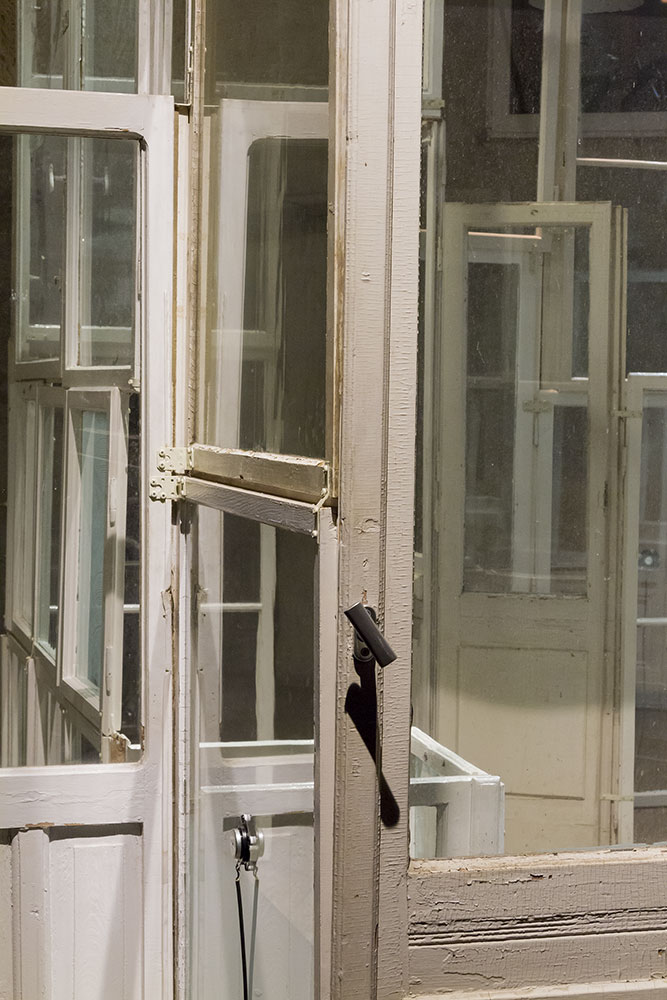
May 6 | 17:00-18:00 | Talk | Projectraum / Kunstquartier Bethanien
The starting point of the work is the modernization (between 2011-2013) of the apartment building in which the artist couple Fromberg/Roigk live. The massiveness and power of sound of this construction project was just as much inspiration for the work as the associated fragility of personal living conditions: what it is like to live against one’s will in the middle of a permanent construction site. From an overall perspective, Unfamiliar Home artistically reflects the recent major wave of renovations in the former working-class district of Prenzlauer Berg. “The fleeting sound of an urban Berlin — soon just history when all historical materials have fallen victim to the real estate funds” (Daniela Fromberg & Stefan Roigk).
Clearing of Mainzer Strasse, Friedrichshain on 14.11.90 — an audiovisual psychogram
May 6 | 18:00-19:00 | Talk | Projectraum / Kunstquartier Bethanien
The audio-visual installation 14.11.90 is a psychogeographical documentation that on the one hand makes it possible to experience the events surrounding the eviction of the squatters in Mainzer Strasse in 1990 as a state of emergency, but can also be read as a kaleidoscope of a society in upheaval. The material is made up of TV and radio reports from the time, original recordings of the eviction from various archives, interviews with contemporary witnesses and photos. Civil war-like slow-motion videos of the events surrounding 14.11.90 are juxtaposed with b/w photos by Marko Krojac of everyday life in Friedrichshain at the beginning of the 1990s, creating an atmospheric tableau of the post-transition period in East Berlin between departure and resignation.
Dvoramy
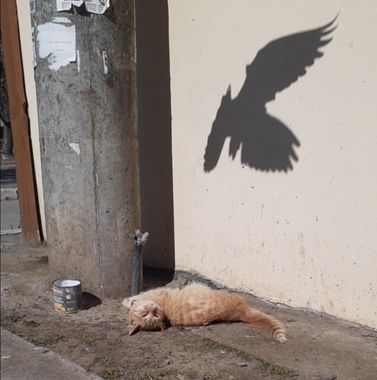
May 6 | 19:00-21:00 | Film presentation. Screenings | Projectraum / Kunstquartier Bethanien
Dvoramy does not translate into the language of modern urban policies, where urban space is determined by capital flows and the primacy of private property. Dvoramy is a proposal to think about space without signs, and about cinema without the film industry. A selection of short films by Ukrainian filmmakers that offer insight into one’s own spaces.

